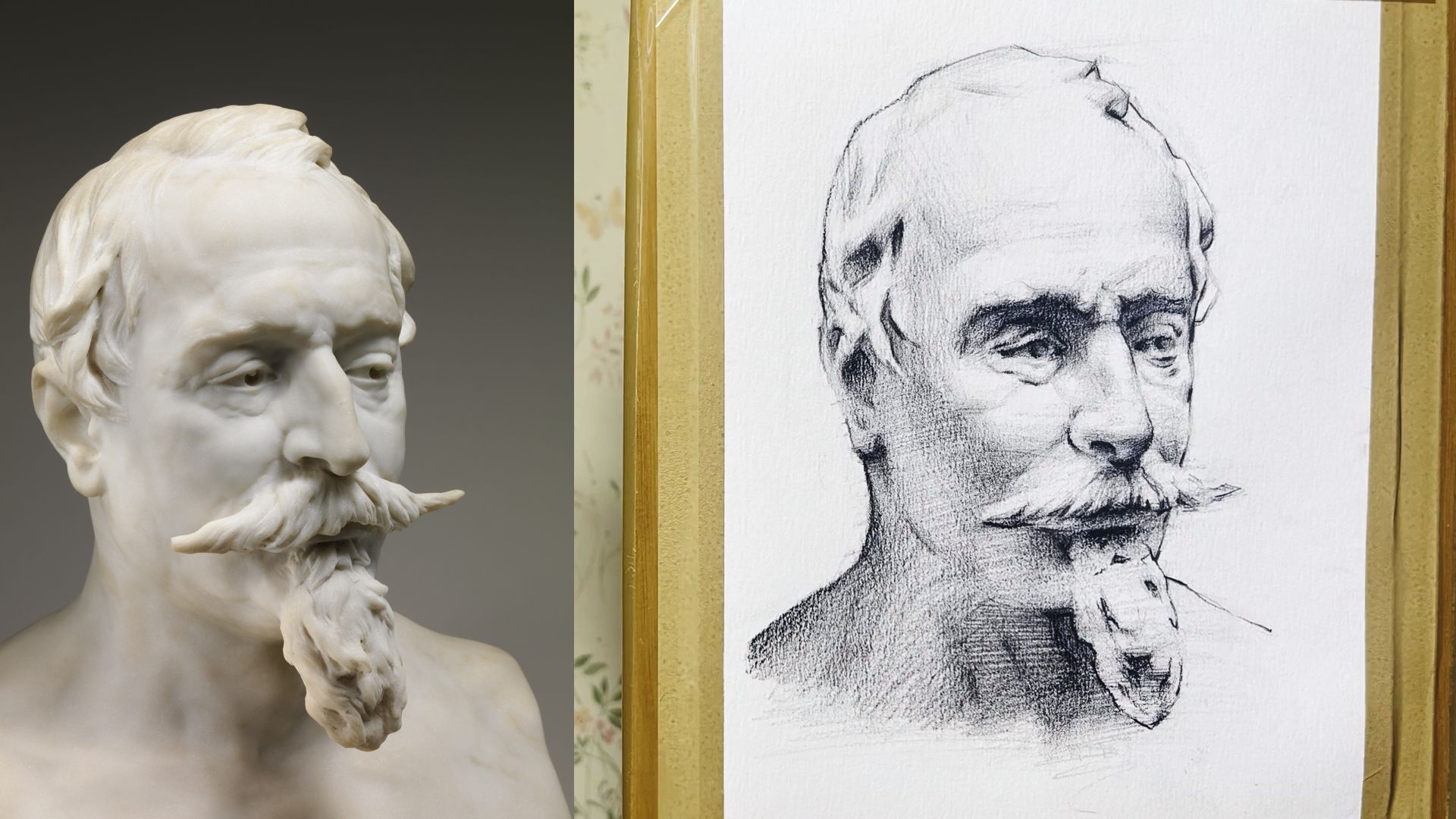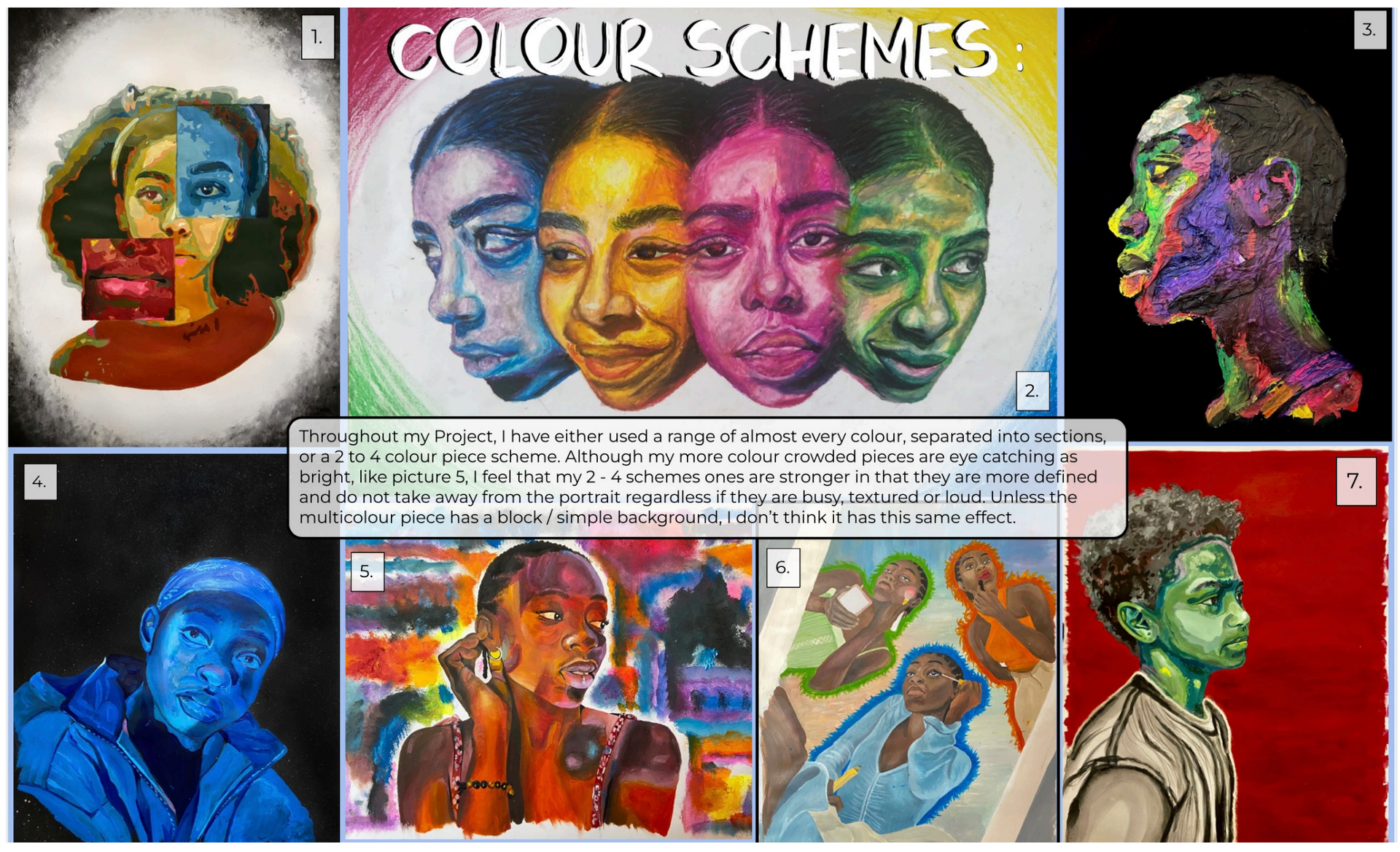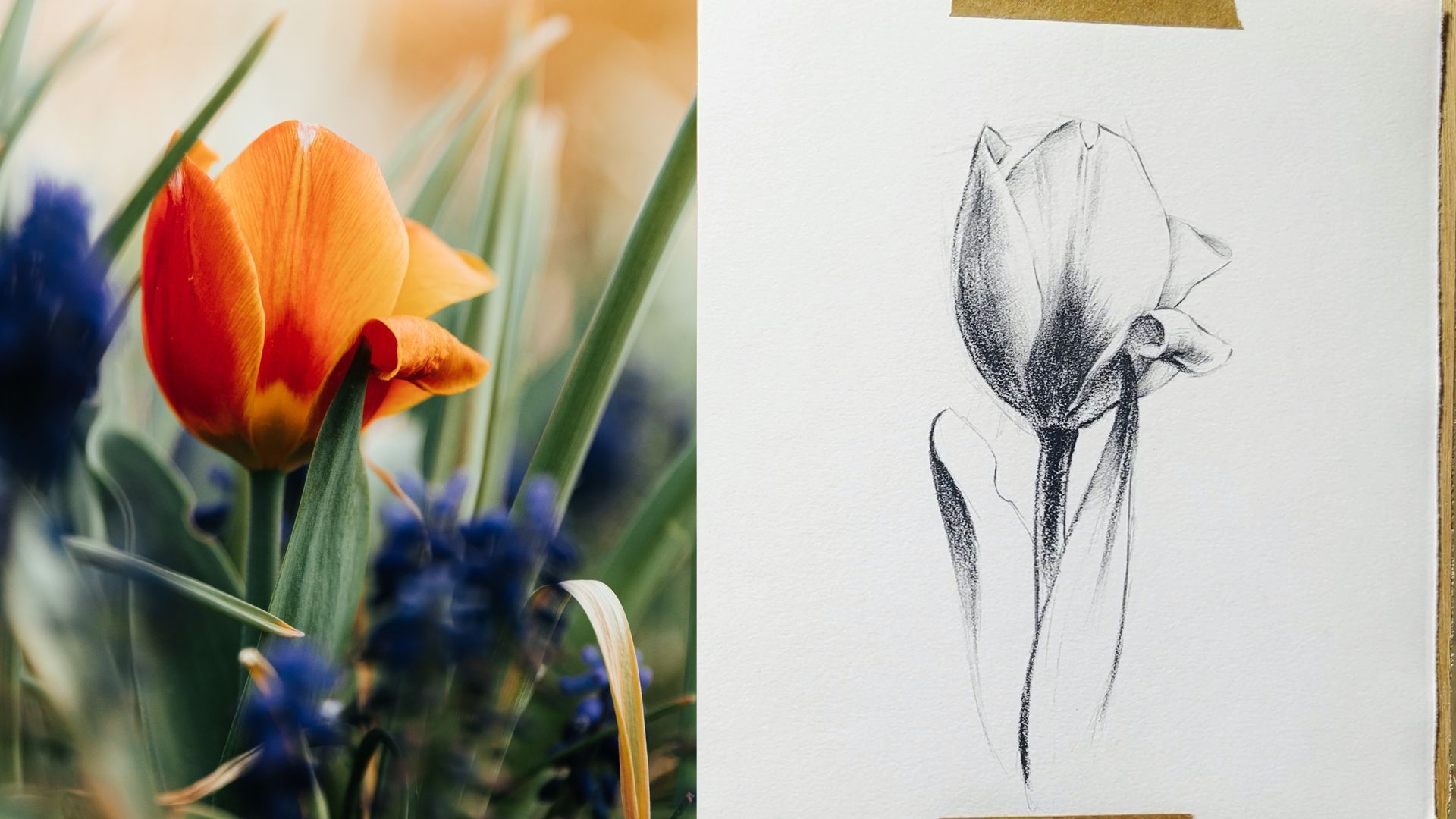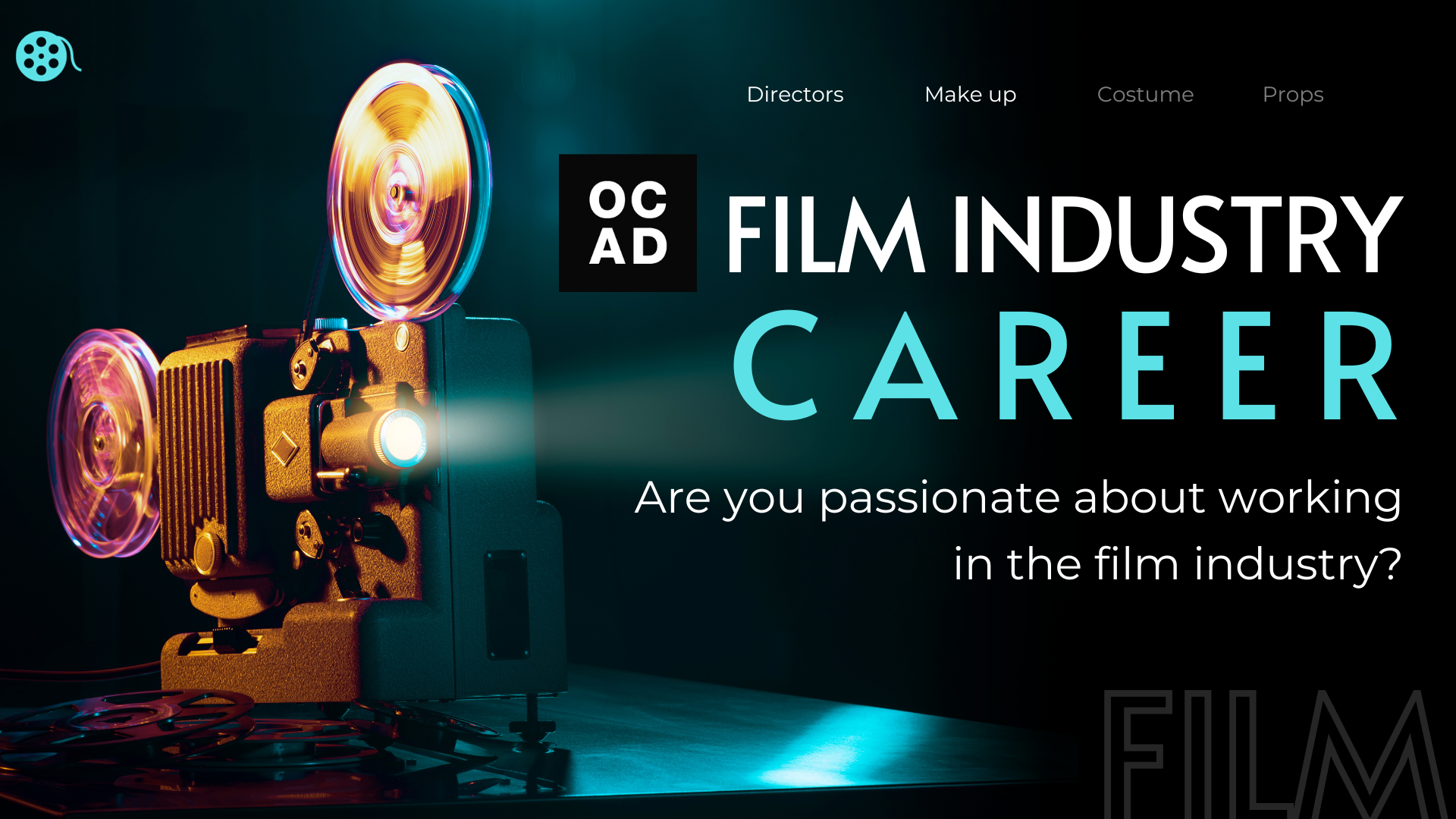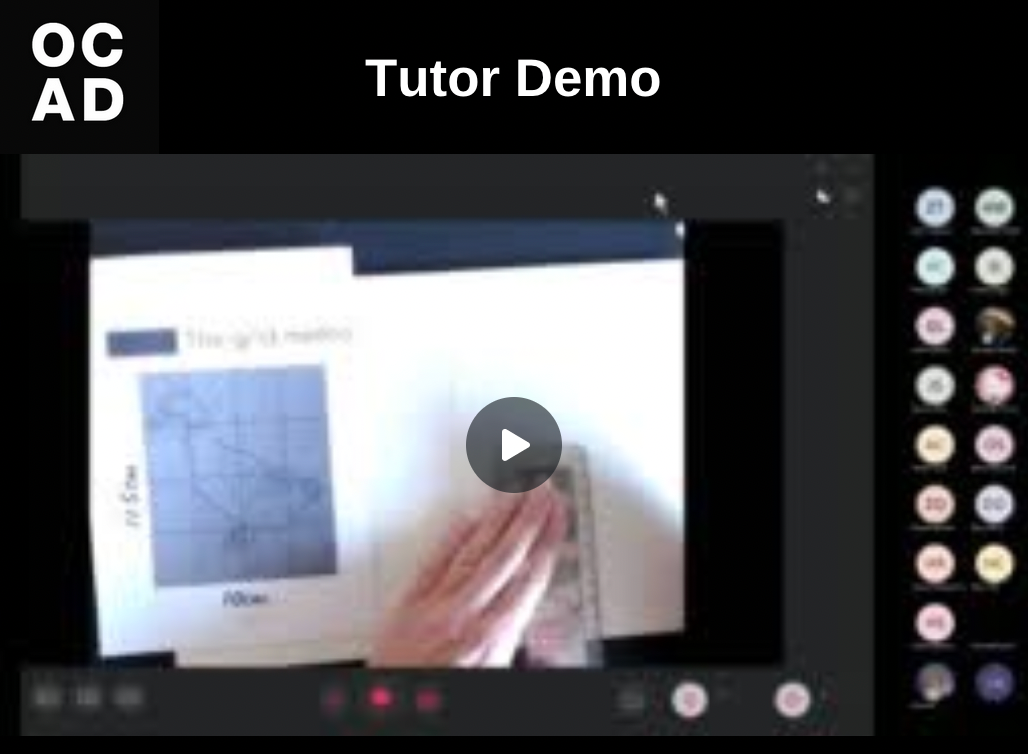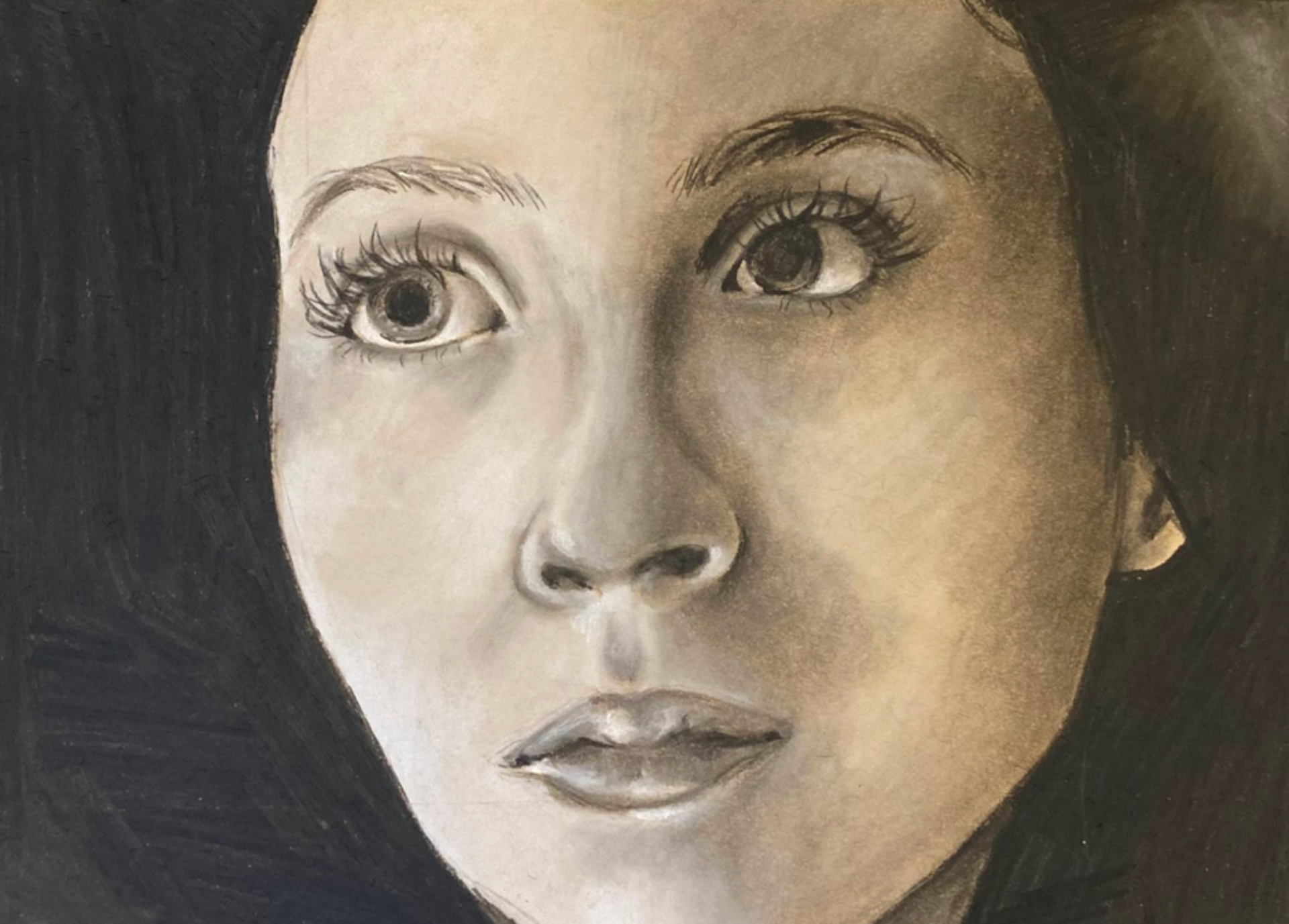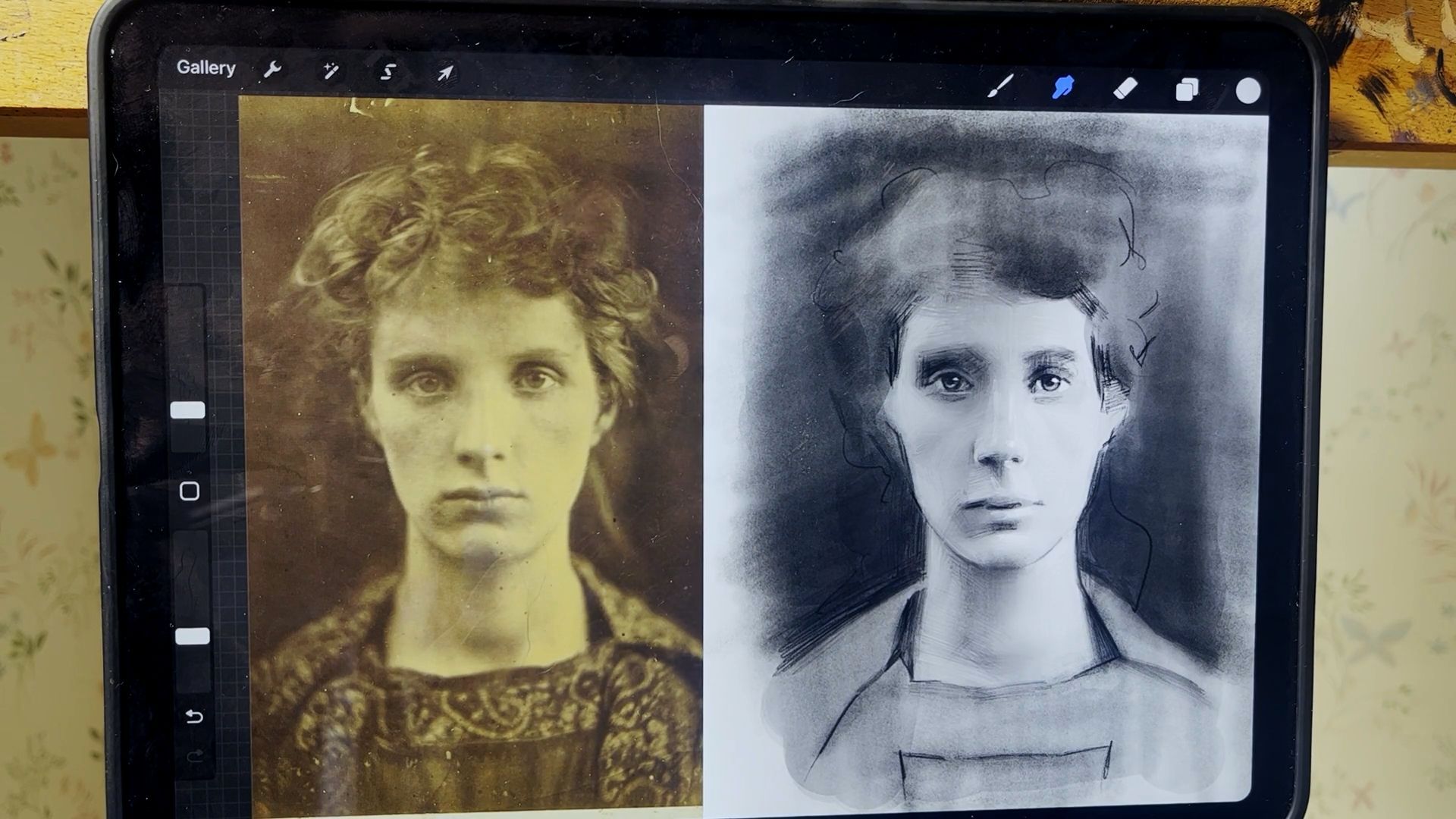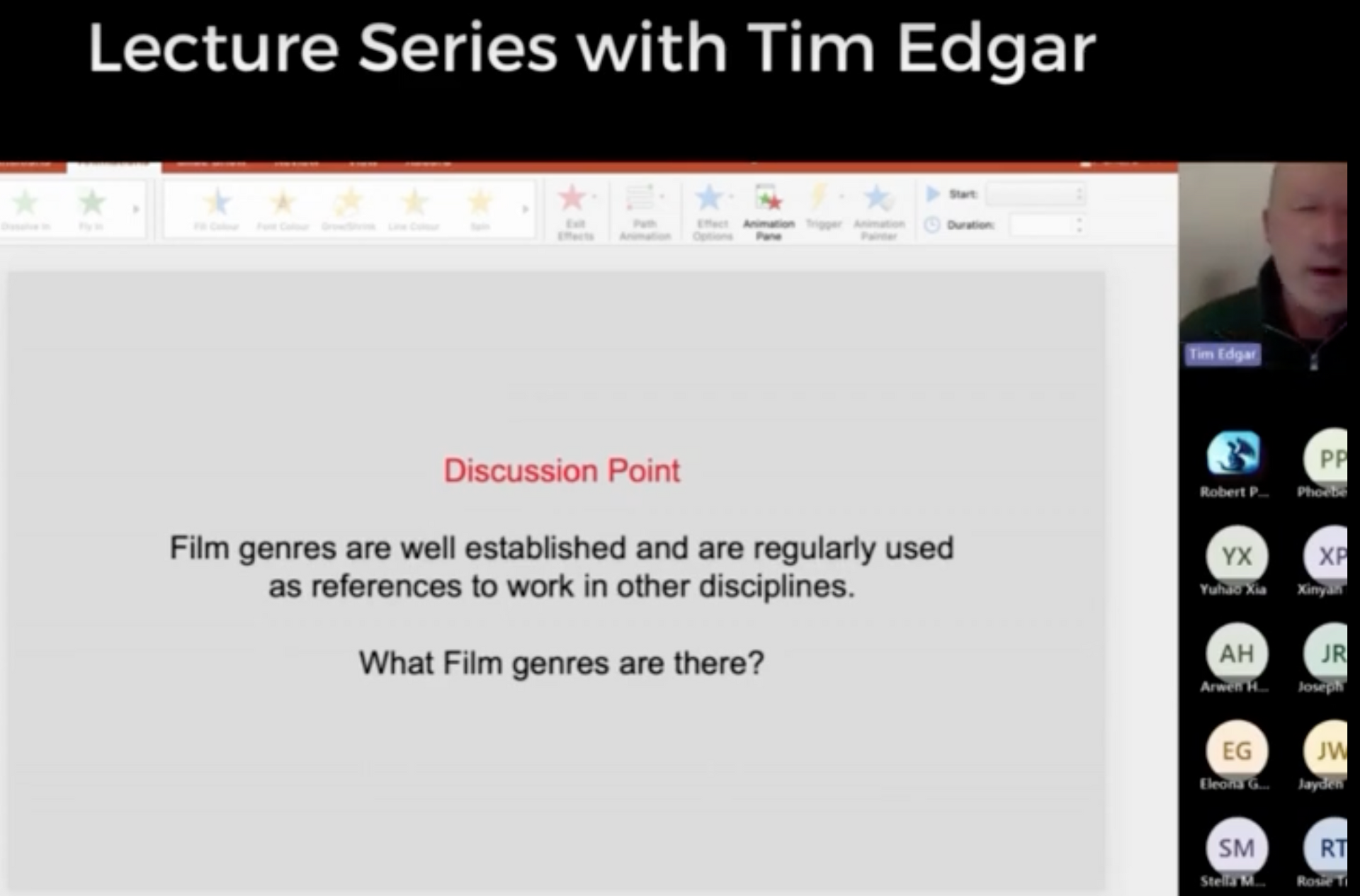Do you Need to Study Art to Become an Artist? The Complete Guide
Do You Need to Study Art to Be an Artist? A Comprehensive Guide

As a vibrant and ever-changing field, there are plenty of reasons to explore becoming an artist. And as you ponder the exciting and fulfilling journey of artistic pursuit, you might have wondered whether formal art education is a must to unlock your full potential.
So, is it truly necessary to study an art in order to pursue this career? It’s not an easy question to answer, but OCAD's comprehensive guide will help you get to the bottom of how necessary a formal qualification is.
From understanding the fundamental principles of art to exploring various mediums and building an impressive portfolio, we'll explore all of the question’s different facets.
Can you only be an artist if you have studied art?
It is true that the path to becoming an artist doesn't necessarily involve gaining a formal degree or qualification. However, to embark on this creative path, enrolling in an art course can undoubtedly boost your potential to thrive as an artist.
This is because formal education can undoubtedly provide a structured environment for learning various techniques and exploring different artistic disciplines. That said, it doesn't guarantee the mastery of creative expression, and some of the most successful and revered artists in history have achieved greatness without holding a formal art degree.
Often, artistic genius and unique perspectives emerged from people’s innate talent and dedication to practice. But this is often bolstered by enrolling in
art courses that give students a grounding in key principles, building a portfolio and working with relevant software.
Indeed, the true essence of artistic growth often lies in real-world experience, where artists can freely explore their individual styles and challenge conventional norms. Here, formal education can help in mirroring many aspects of professional art jobs and the day-to-day work that occurs with them.
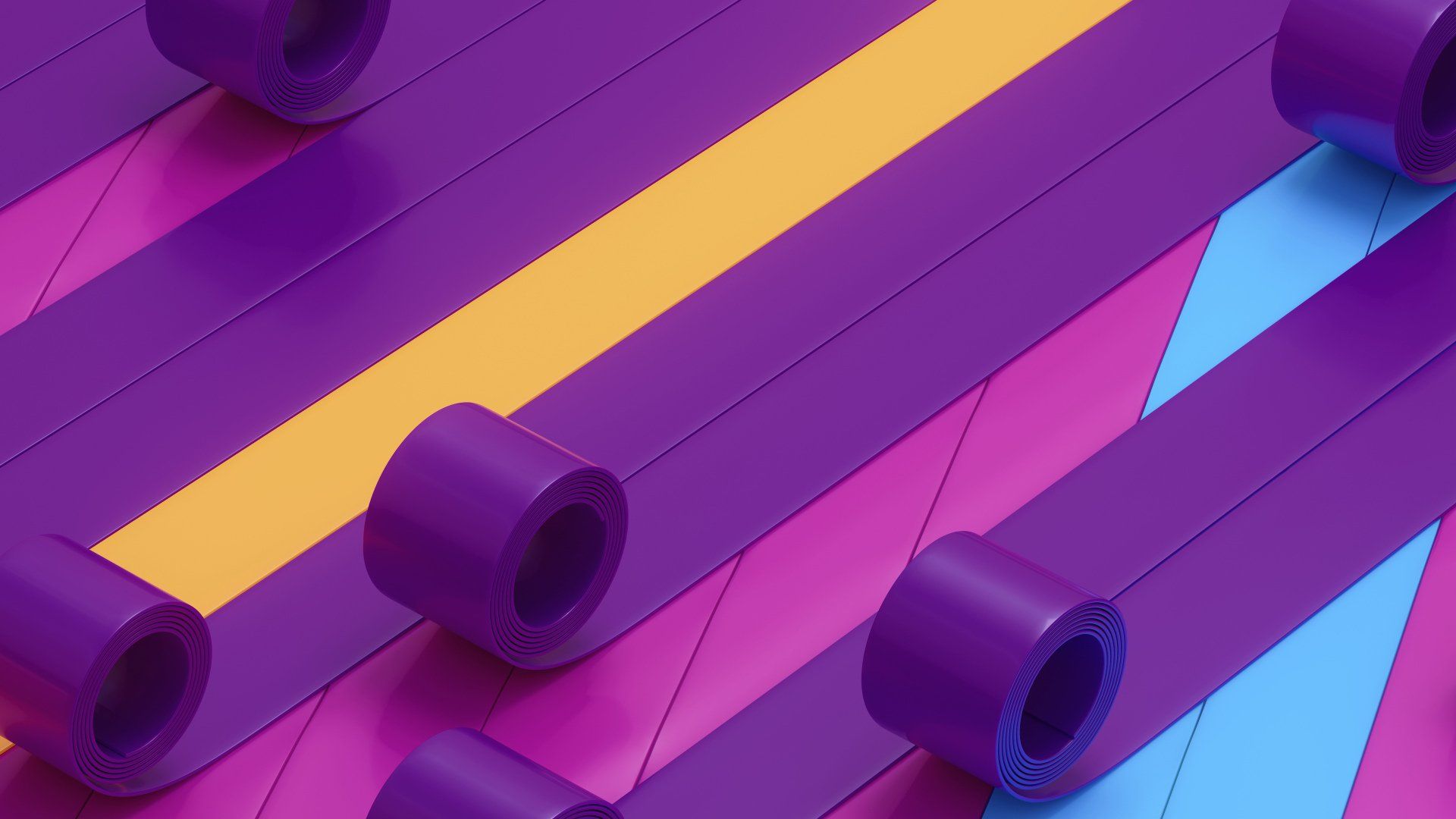
8 Steps to consider to become an artist
Whether or not you are planning to go down the formal education or self-taught route, there are key steps that you need to consider in order to follow a career in art. These include:
Step 1: Define your goals
As an aspiring artist, the first crucial step is defining your future goals. Determine what you want to achieve in your artistic career and which medium excites you the most – be it painting, sculpture, or digital art. Passion drives motivation and engagement.
Additionally, consider where you see yourself in the future: working for an art studio, freelancing, or starting your own art business? Will you create art for small galleries, large exhibitions, or private collections?
With these considerations in mind, chart your path to becoming an artist and set specific goals. Be open to adjusting and refining them as you gain experience and insights into the dynamic art industry.
Step 2: Understand art principles
Once you've established your artistic goals, embark on an exploration of the fundamental art principles that serve as the backbone of the field. These principles are vital in crafting aesthetically pleasing and impactful art while providing a deeper understanding of an artist's craft.
Key art principles encompass contrast, emphasis, movement and pattern, among others. Familiarising yourself with each element will unveil the secrets of creating art that adheres to key art principles and looks aesthetically pleasing. Concepts like the rule of thirds, grid systems, and negative space further enrich your artistic toolkit.
While it's not essential to fully grasp every principle at this stage, gaining a basic perception of them will prove invaluable as you progress. These foundational insights will serve as stepping stones, fortifying your creative journey and shaping your growth as a skilled artist in the future.
Step 3: Brush up on tools and techniques
Ultimately, proficiency in tools and techniques will be the key to bringing your creative ideas to life and unlocking your artistic potential. The specific tools you'll use will vary depending on the medium you choose, but there are some common types that will provide an excellent introduction to creating and configuring artistic works.
Traditional mediums like paints, brushes, and canvases are timeless essentials that form the foundation of artistic expression. Embracing these tangible tools allows you to bolster key techniques such as drawing, printmaking and collage, as well as more advanced ones like abstraction, colour theory and impressionism.
In the digital realm, Adobe Creative Cloud stands out as a widely-used suite of software applications in the art industry. Adobe Photoshop and Illustrator, both integral components of this suite, enable photo editing and digital illustration, offering immense versatility and creative possibilities.
And, for digital art enthusiasts, Procreate and Corel Painter are popular design tools that provide a vast array of features for creating digital paintings, illustrations, and concept art. These powerful programs empower artists to unleash their imagination on digital canvases.
Mastering these tools and techniques to their fullest may take time and dedication, but familiarising yourself with industry-standard software will undoubtedly give you a significant advantage on your artistic journey. Embrace the learning process, experiment fearlessly, and watch as your creative vision comes to life through the marriage of skill and technology.
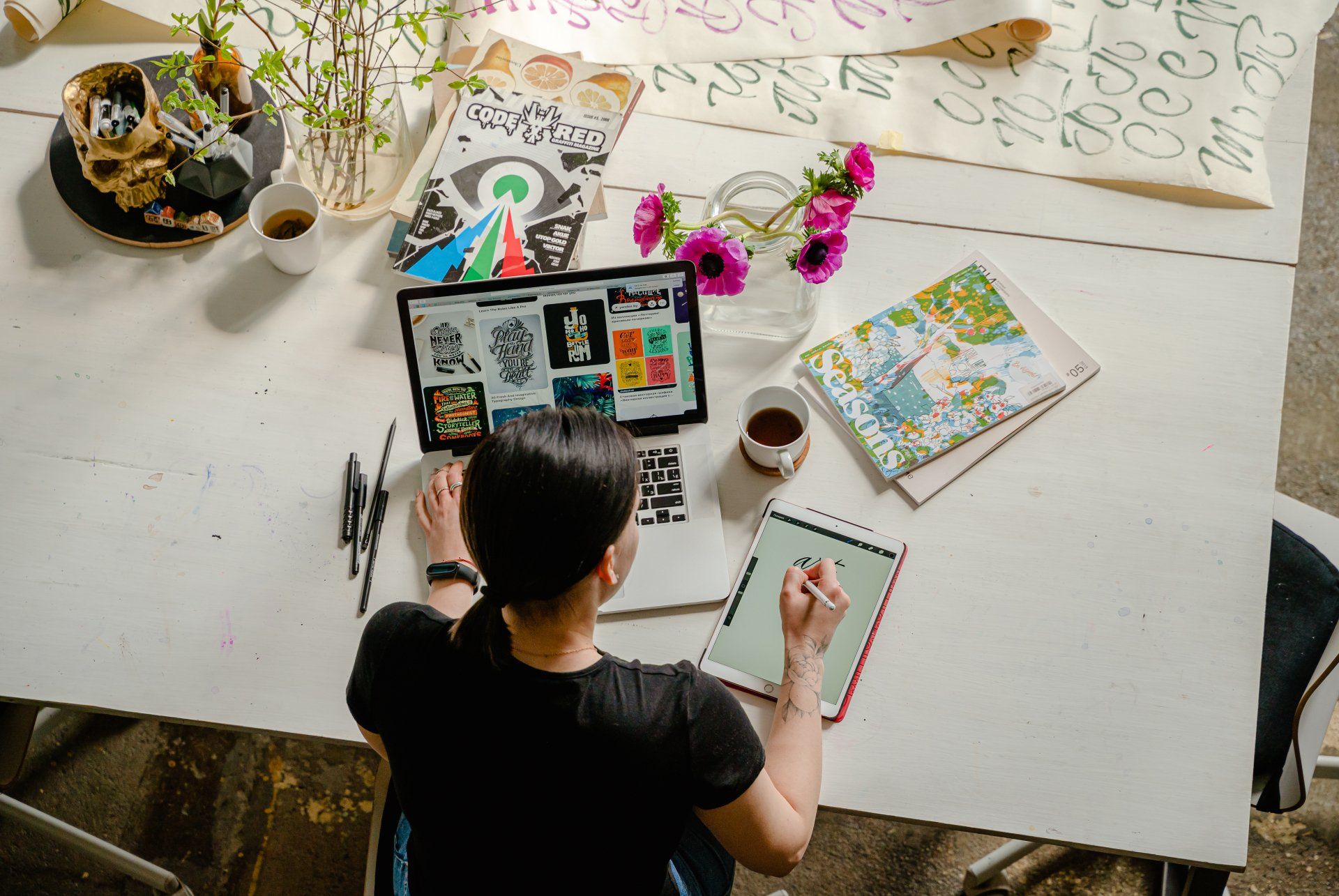
Step 4: Create a portfolio
No matter your background, your portfolio is a crucial asset to showcase your skills and artistic sensibilities to potential clients or employers. Select your best work, showcasing a range of skills and styles across painting, sculpture, digital art, or other specialised areas.
Tailor your portfolio to your target audience, whether art galleries or digital art enthusiasts, emphasising relevant projects. Create an eye-catching visual presentation with consistent design, paying attention to typography, spacing, and colour choices for a polished and professional look.
Afterwards, seek feedback from trusted peers and mentors to identify areas for improvement and make necessary adjustments. Your well-curated portfolio will be a powerful tool to highlight your artistic prowess and leave a lasting impression on those who view your work.
Step 5: Gain practical experience
In the journey of becoming a successful artist, formal education and a well-curated portfolio are essential, but gaining practical experience holds equal importance. Practical experience empowers you to apply your skills in real-world scenarios and fosters a deeper understanding of client needs and project management dynamics.
Freelancing is a common and valuable route for burgeoning artists to gain practical experience. Offering your art services on freelance platforms or to local clients exposes you to diverse projects, allowing you to help real clients bring their visions to life.
Seeking apprenticeships at art studios or galleries is another fruitful avenue for practical learning. Working alongside experienced professionals provides invaluable insights into the day-to-day life of an artist, while also expanding your network, which can prove advantageous in future job searches.
Additionally, volunteering your art skills for local community projects or initiating your own art project presents an opportunity to make a positive impact in a low-pressure environment. Moreover, your willingness to contribute showcases your dedication and can lead to referrals and recommendations.
Balancing formal education, a strong portfolio, and practical experience sets the stage for a successful career in the art world. It equips you with a holistic skill set, adaptability, and a deep appreciation for the art of collaboration, ultimately propelling you towards achieving your artistic aspirations.
Step 6: Continuously learn and practice
By continuously learning, staying curious, and daring to explore, you position yourself on the cutting edge of the art landscape. Cultivating a growth mindset allows you to adapt, create groundbreaking art, and leave a lasting impact on the vibrant world of art and creativity.
To stay abreast of industry trends, immerse yourself in art blogs, websites, and social media accounts that offer insights into the latest art movements, emerging technologies, and industry news. Consider attending in-person workshops or seminars conducted by industry experts for invaluable firsthand knowledge and networking opportunities.
Embracing experimentation is equally crucial. Venture into uncharted territories by exploring new art techniques, tools, and mediums, and dedicate time to learn and practice with the latest art tools or emerging mediums.
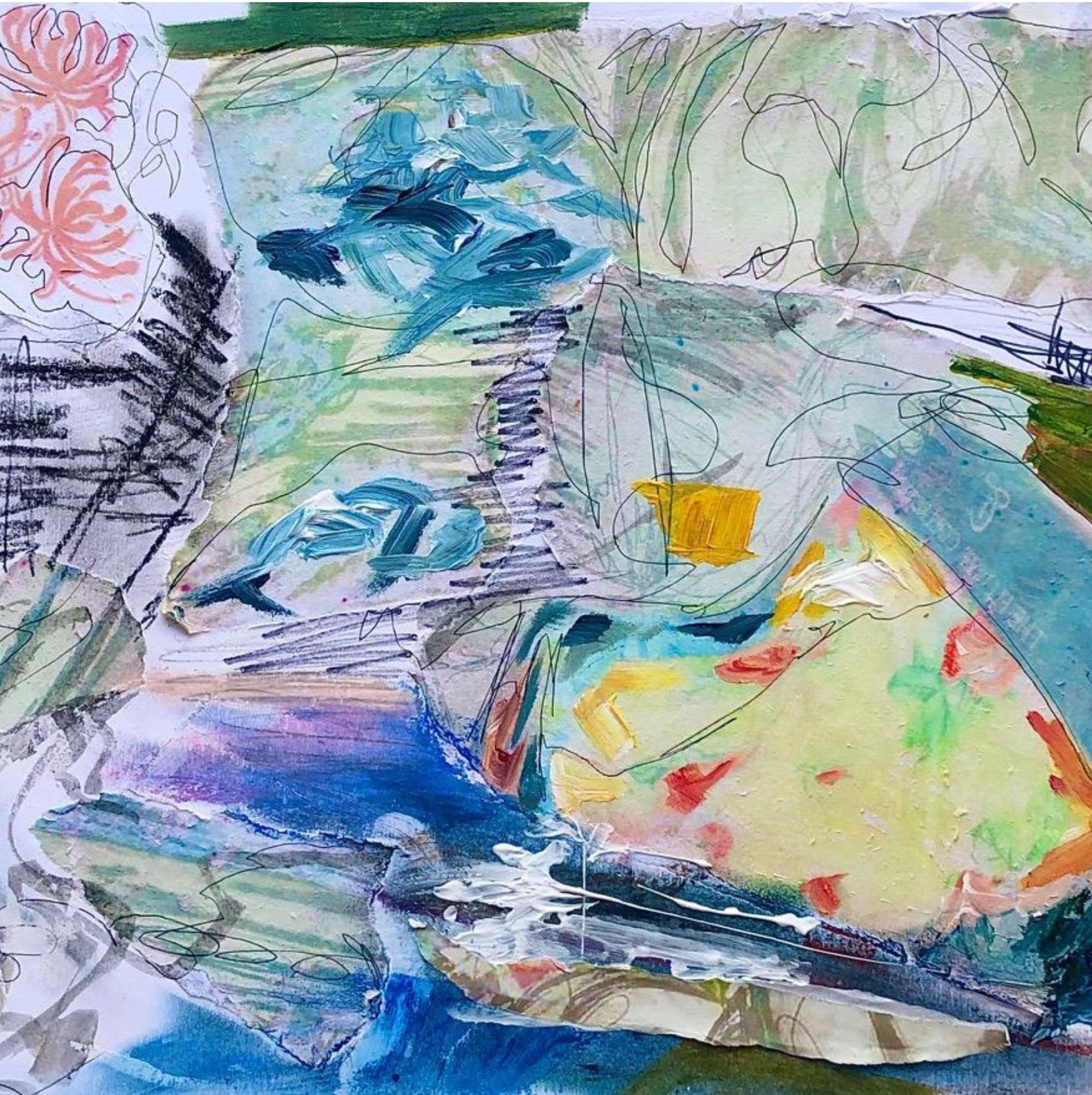
FAQs
Why is art a good career?
Art is an amazing career for a variety of reasons, but perhaps the most important is the personal fulfilment that many artists gain from their work. For many, a career in art is a journey of perpetual discovery and the unfurling of limitless creativity.
The versatility of the art field is equally captivating. Artists can specialise in various captivating areas like painting, sculpture, digital art, and beyond. This flexibility enables individuals to explore diverse interests and ultimately discover their niche within the art world.
Beyond personal fulfilment, art carries the potential to make a profound impact on audiences. Effective art has the capacity to communicate messages with utmost clarity, captivate and engage viewers, and incite desired responses.
What skills do you need to be an artist?
To become a successful artist, you must possess several key skills. Among the most crucial are artistic proficiency, a solid grasp of essential principles, and effective communication.
At the core of an artist's skillset lies creativity, which involves thinking innovatively, generating fresh ideas, and having a keen eye for aesthetics. Equally important is a thorough understanding of art principles, including composition and balance.
Additionally, artists should be proficient in using industry-standard tools like paints, brushes, canvases, or digital software such as Adobe Creative Suite (Photoshop, Illustrator) to bring their creative visions to life effectively.
Furthermore, artists should cultivate transferable skills such as good communication, interpersonal abilities, efficient time management, and attention to detail. These skills are valuable across various industries and contribute to an artist's overall success.
Launch Your Art Career by Exploring OCAD’s Online Art Courses
Accelerate your path to becoming an artist with OCAD's Online Art Course. Our meticulously crafted program ensures aspiring artists receive top-notch instruction, guiding them towards unlocking their true artistic potential.
Embrace the convenience of fully online courses, tailored to equip you with the skills needed for successful university studies. Take a leap forward in your artistic journey today - explore our courses and seize the exciting opportunities that await! Contact us now for more information.
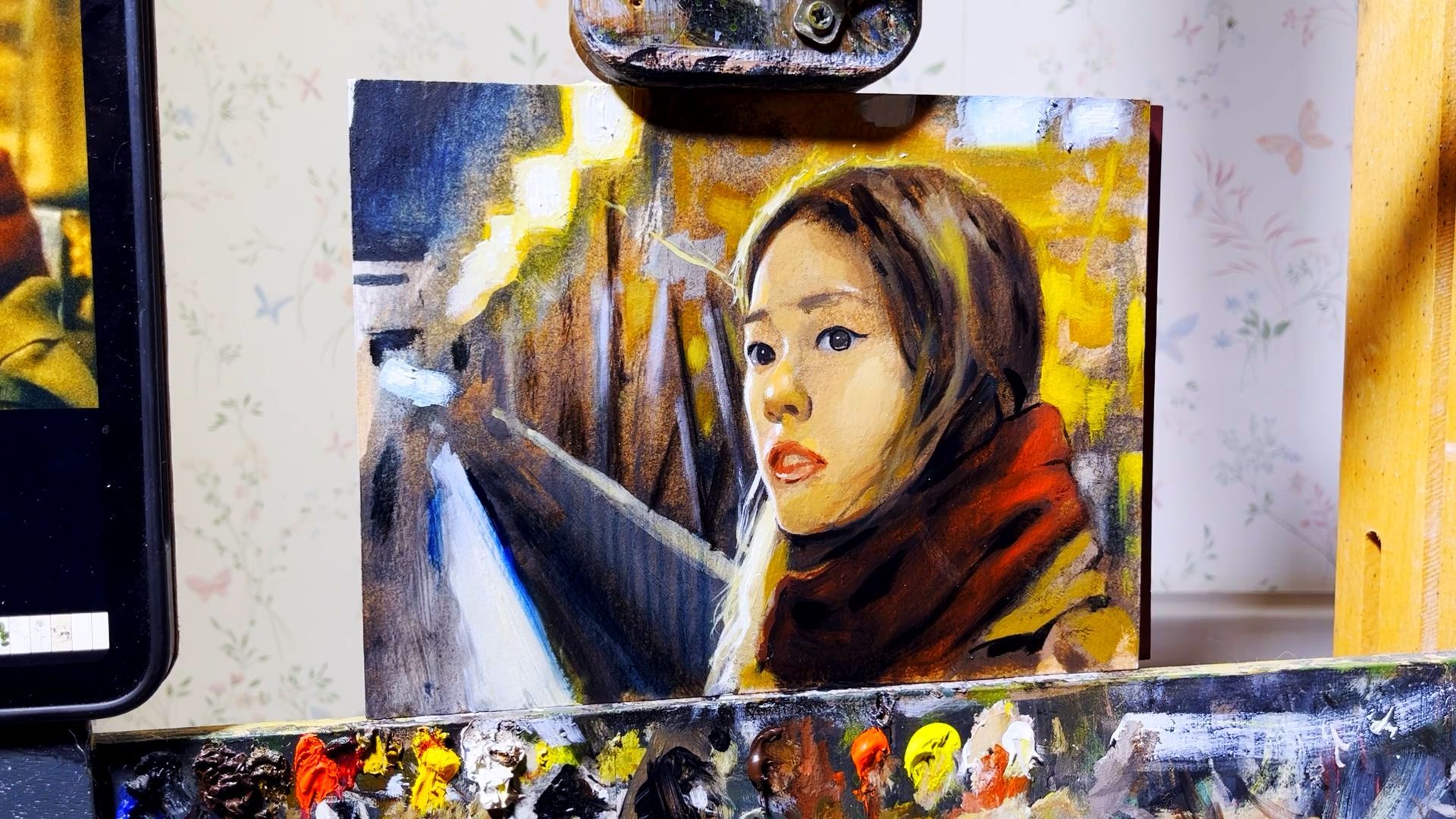
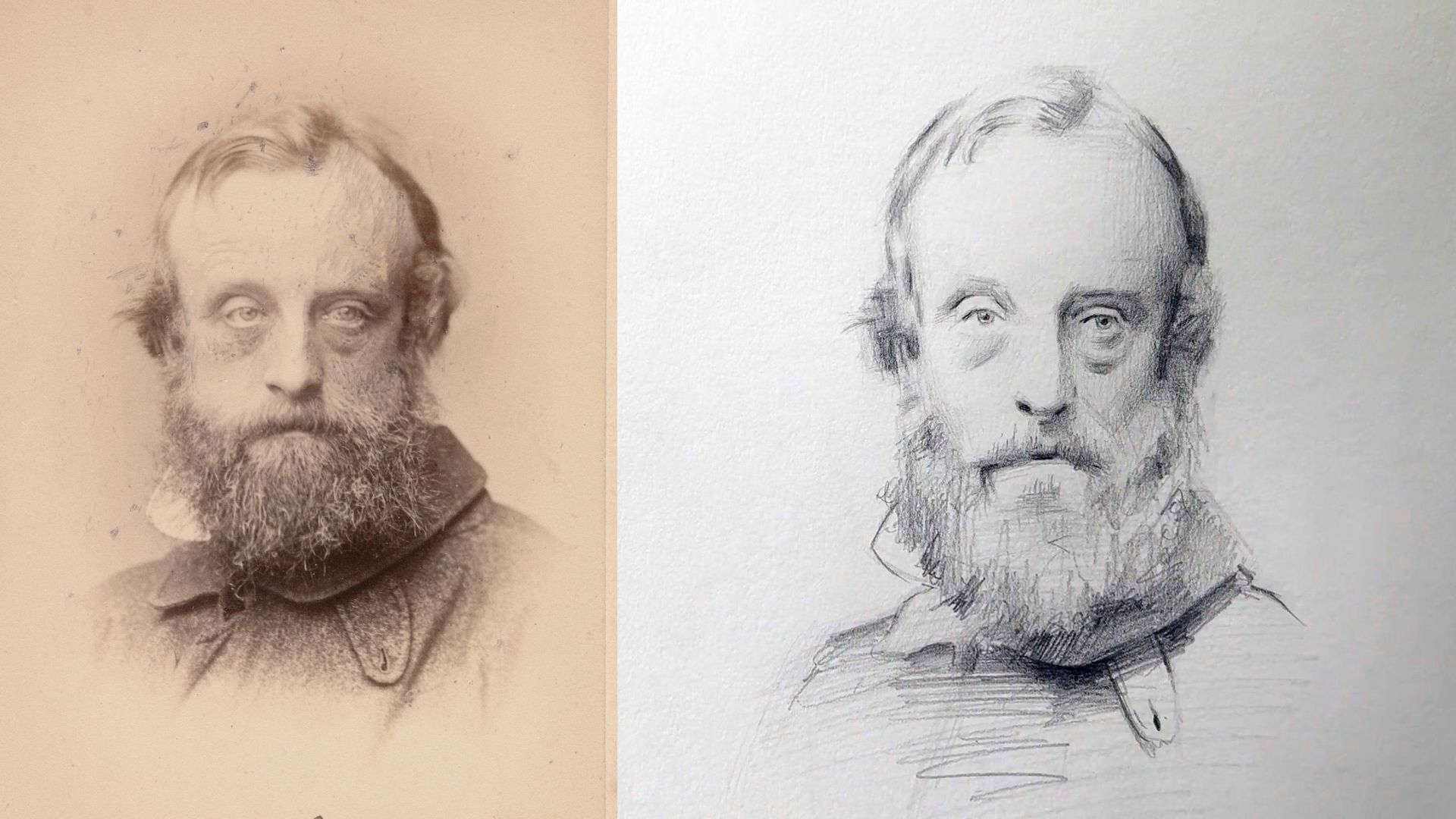
OCAD is part of the Cambridge Online Education Group - Company number 06594953
Registered UK Learning Provider 10033485
Cambridge Online Education Ltd

